This update is a facelift for my very first sock pattern from 2009, Learn to Knit Socks. I designed this pattern to teach the techniques used in most cuff-down, heel flap sock patterns. We use worsted weight yarn and larger needles to make it easier to see what you’re doing, and learn about sock construction. This pattern is also an introduction to double-pointed needles.
If you have already purchased this pattern, the update is free for you to download. You should receive either a Ravelry message announcing the update, or an email. If you don’t see either, you can visit Ravelry’s Purchase Finder to get your updated copy. (If you don’t see the pattern listed, but you’re confident that you’ve purchased it, please try using older email addresses that you may not use anymore.)
Size: Women, average foot width, any shoe size
Needles: Set of size US 5 (3.75mm) double-pointed needles
Yarn: 100 grams of worsted weight yarn
Additional Materials: tapestry needle for weaving ends
Gauge: 6 stitches per inch
Pattern and six-part video tutorial: $8 US via PayPal 
The yarn used in the socks pictured is Knitologie Merino Worsted, from the August 2019 KnitCrate kit.
If you’re curious as to why the six parts of this tutorial are broken up into six videos, it’s because we released this video back in 2009, when YouTube would only allow videos 15 minutes or shorter to be uploaded!
Video 1 – Working with double-pointed needles and starting the cuff.
Video 2 – Dividing for the heel flap and knitting the heel flap.
Video 3 – Turning the heel.
Video 4 – Working the gusset.
Video 5 – Toe shaping.
Video 6 – Kitchener stitch (grafting the toe).

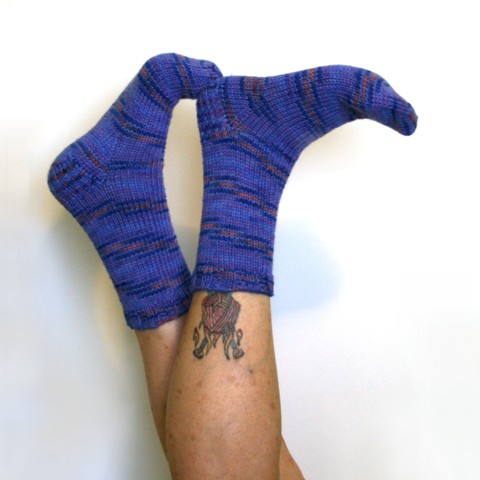
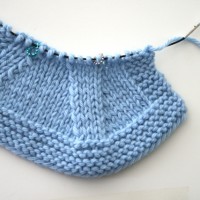
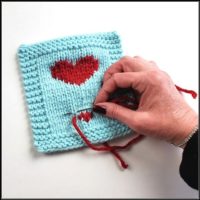
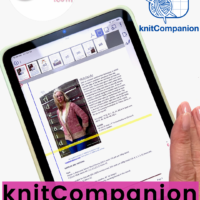
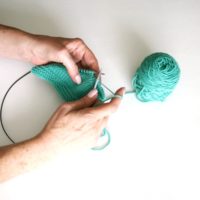
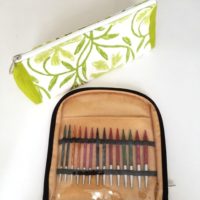
Thank you!
What a treat to get this on this beautiful morning. It is our first really cool morning and I loved this pattern. I made my first pair of socks from this pattern many years ago, love it, still hanging on to this pattern and love the nice update to go with it. Will cherish both patterns and thank you so very much for your kind heart so share this. I will definitely try it out, thanks again.
Hi Staci… I went by your photo thinking these were full socks and after purchasing the pattern realized it is actually still anklets. I’ve made a number of toe down pairs with sock yarn but was excited as I got my August KnitCrate and decided to make these. I understand the theory of the stitch count but wonder if you could suggest an alternate number of cast-on stitches to make these crews instead of anklets. Thank you so much. Kathy
Kathy – the instructions for the longer sock are in the pattern, the cast-on number is not different. At the top of the second page, ” Note about the yarn amount and sock length: The original version of this pattern was written with a short cuff, mainly with the idea of getting you through the cuff quickly, so you can move on to the actual construction of the sock. In this version, I’ve included instructions for a longer sock. In the sock pictured above, I knit the cuff (including the ribbing) for 7” (18 cm) before starting with the heel section. Knitting a woman’s size 9 sock used up ALL of my yarn, it was close. If you have a larger foot, I recommend knitting the cuff to just 6 inches or so, so that you have enough yarn for your second sock.” Then in the “Cuff” section, I give more information.
Staci, if I want to make a simple worsted tube sock could I just knit the knit two purl two beginning then stockinette body until desired length? If so, how do I finish the toe? Thanks. BTW, really like your quilt phase. I just had a top that I pieced many years ago machine quilted. Turned out pretty good.
Bill – Yes, that should work for a tube sock. This pattern gives instructions for finishing the toe.
S t a c i
Staci,
I made a sock! Woohoo! I only need one right now on account I broke my left foot and it’s in a boot. So I want to make a pair for my husband. His foot is about a size and a half bigger than my foot. Can I use bigger needles to make a bigger sock knowing that the weave will be looser/bigger or should I increase the stitches, cast on 44, 48 and adjust accordingly?
Lisa – I have other sock patterns that are sized for men…they include video tutorials and you can expand your sock techniques, if you choose. Otherwise, if he has a narrowish foot, you can use a bigger needle size for a wider sock, without changing the pattern.S t a c i
Thank you, Staci. You also taught me Portuguese knitting. You’re the best!